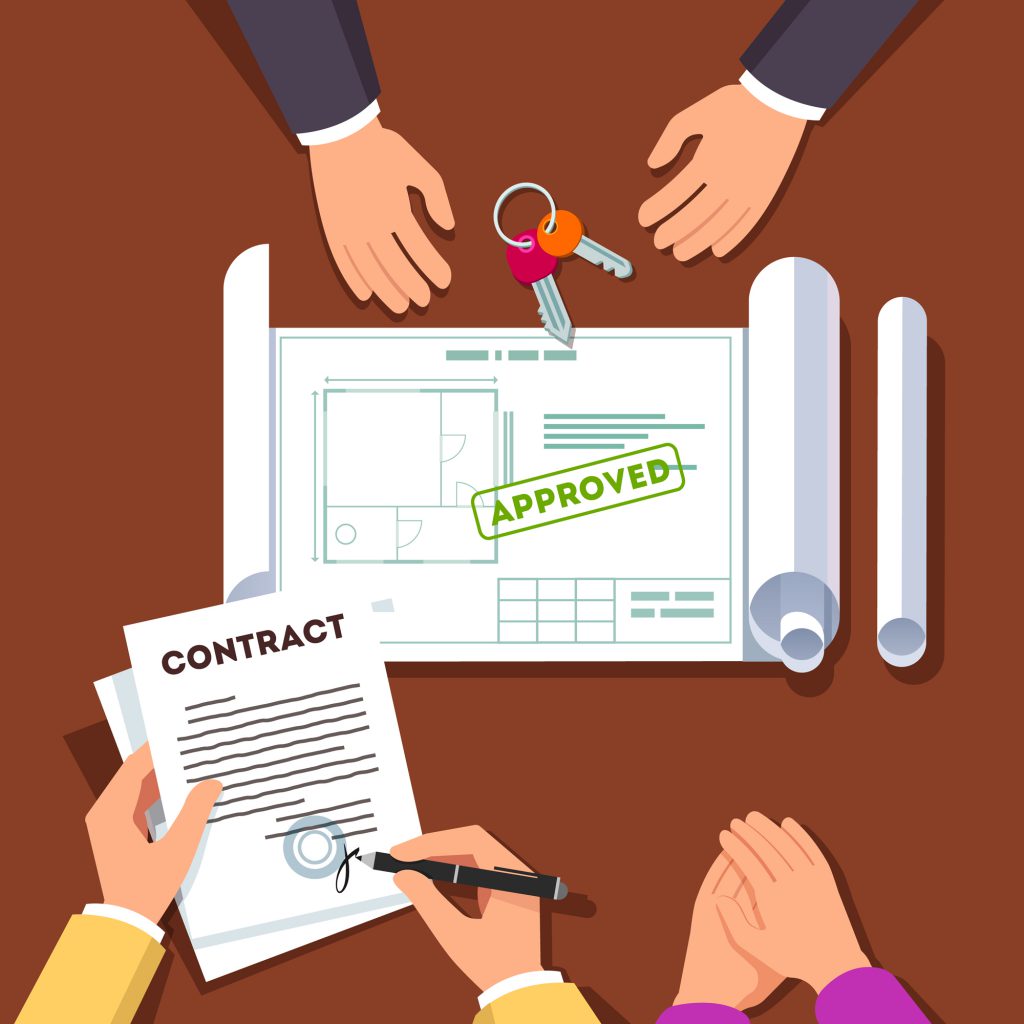Essential Tips for Mastering Contract Management
Table of Contents
ToggleBusinesses run on a myriad of core pillars and one of them is contract management. Contract management is a process that determines whether your contracts are predominately risk factors or vehicles for sustainable business growth.
Going by the definition, contract management is the process of handling contracts from creation to execution. Now, imagine effectively handling contract management to transform your business. Won’t that increase your operational efficiency, reduce risk, and ensure organizational compliance?
If this sounds like a distant dream for you, the good news is it doesn’t have to be. Today, we are going to reveal some game-changing tips for mastering contract management, so you can revolutionize your contract repository.
What is Contract Management?

Contract management includes the process and actions necessary to manage the creation, execution, and analysis of contracts to maximize operational and financial performance while minimizing contract risk.
Based on who is in charge of which stage, the activities involved in contract management can be both administrative as well as strategic. While good contract management enables firms to yield more benefits from their agreement and improve results, poor practices can make them subject to contract risk.
Efficient contract management involves comprehending every stage of a contract’s lifetime to draw valuable data and insights. As the professionals from a contract management team say: The process of contract administration and management isn’t just about submitting papers, it’s so much more than that.”
Contract lifecycle management software or contract management software is now used to improve performance and understand how businesses can better meet their goals. In fact, according to Gartner, a CLM is also considered as a nascent form of an operational record-keeping system to an enterprise-level core system that addresses business risks, expenses, and the pursuit of maximizing revenues.
Seven Stages of Contract Lifecycle

- Initiation
- Contract Negotiation
- Execution/Implementation
- Start-Up
- Operation
- Renewal
- Termination/ Closeout
Significance of Contract Management

Contract lifecycle management is vital because how businesses handle their agreements end-to-end can influence the outcomes of their agreements.
In a nutshell, contract administrators define effective contract management as a “No surprise” policy as everyone knows what and when things they should do.
Irrespective of your business size, contract security with a management lifecycle helps you to see what’s on the horizon, so you can confidently prepare for any audits and showcase compliance at any given time for your active contracts.
Conclusively, organizations need to prioritize contract administration and management because it helps in:
- Mitigating risks early and specifying strategic mechanisms for future contract risk
- Ensuring compliance and avoiding penalties and legal disputes
- Optimizing financial outcomes by ensuring favorable terms and avoiding unnecessary costs.
- Maintaining healthy relationships with stakeholders through clear, fair, and transparent agreements.
Difference Between Contract Management and Contract Lifecycle Management (CLM)

Although the terms contract management and contract lifecycle management (CLM) have been used interchangeably, they are strikingly different and have distinct roles.
Contract Management
Typically, contract management responsibilities focus on day-to-day administrative tasks, including compliance monitoring, performance tracking, and managing amendments.
The contract management timeframe is more concerned with ongoing management or day-to-day management of contracts, once they are in effect.
Contract Lifecycle Management
CLM, on the other hand, encompasses the entire contract lifecycle from initial request and creation through execution, performance management, and renewal or termination, and this process integrates different phases for a more streamlined process.
Unlike contract management, CLM is a broader concept that involves an elaborate timeframe starting with the creation and negotiation of a contract and existing until the contract requirements expire or the contract is terminated.
The activities in CLM include contract creation, approval workflows, negotiation, document storage, scrutinization of historical contract data, etc.
CLM’s Contribution to Vendor and Contract Lifecycle Management (VCLM)

For those who want to reduce the time consuming process of vendor management without skipping the important details, we have some information for you.
CLM is part of a much bigger strategy that includes vendor management or vendor lifecycle management and third-party risk management or TPRM, and we amalgamate this approach holistically and call it Vendor and Contract Lifecycle Management in the contracting process for the legal teams.
Wondering how CLM plays a crucial role in vendor and contract lifecycle management? Here you go!
- Vendor Selection and Onboarding: For one, CLM systems have contract administrators who can streamline the process of selecting and onboarding vendors by maintaining a centralized database and automating workflows.
- Performance Monitoring: Using technical resources, contract management software can enable continuous monitoring of vendor performances against contractual terms to ensure compliance and optimal performance.
- Renewals and Terminations: In addition, contract management software, or a CLM can work to offer automated alerts necessary for the contract administration process, concerning renewals and terminations, so transitions can be carried out timely, effortlessly, and within specified budgets, based on resource availability.
Best Practices for Contract Management
Is your organization suffering from the perils of contract risk? Do you need efficient processes and best practices along with sustainable contract management services to keep your system fool-proof?
Well, here are some industry-leading tips for vendor management and contract management to combat technical contract resources challenges.
Delve in to find out the benefits of CLM solutions and industry best practices!
Centralize and Standardize Your Contract Repository
Technical resources on contracts are spent blindly because drafting contracts from scratch can be time-consuming. Instead, organizations can expedite this process and benefit from standardizing and pre-approving contract language and terms.
Contract administrators can centralize and standardize contract templates to accelerate agreement drafting and facilitate other departments to create certain contracts independently.
In addition, standardized templates are easy to review by contract administrators as they focus only on unique transaction-specific terms and the rest of the information is coherent.
Having a searchable, centralized repository for contracts is essential in terms of vendor management as well. This ensures that contracts are secure and easy to locate, and the legal records system should provide details about the vendors and the proposal, including the following:
- The individual who accepted the agreement
- The specific version accepted
- The date and time of acceptance
Include the Entire Organization and Its Processes

Typically, when businesses start with contract management processes, they fail to identify the core problems because they prioritize the needs of the legal team. Doing so is right because this team is going to be responsible for the vendors and the day-to-day handling of agreements.
However, contract administration and management can be most effective when the business relationship between different departments is considered within a company and all areas of an organization are bought in.
The value that each team brings to the table, their projects, access control, relationship with stakeholders, shared workloads, responsibilities, and everything else should be considered.
During different stages and based on their industries, businesses should outline who is responsible for which part in the contract planning, bottlenecks caused by administrative tasks, resources used in the projects, and more. If you want your business to take back control, here are some tips you can follow:
- Automate manual tasks for the future so every workload is more manageable for different teams.
- Have a budget for all the self-service options for highly-repetitive but low-value tasks.
- Focus on development for offering visibility of every contract’s progress to all stakeholders
- Send automated notifications using CLM software to keep everyone accountable
Set Sensible KPIs

Legal departments always need to think about the future, so they must demonstrate their value while managing resources effectively during vendor management. Businesses that want to reap the benefits of contract management need to shift from a reactive stance to a proactive one by setting strategic KPIs.
The indicators must align with specific objectives, like accelerating contract issuance for any certain event. For instance, KPIs must focus on reducing contract creation time and shortening approval duration.
In addition, comprehensive contract management software also needs to track performance metrics to offer insights into the contracting process pinpoint areas for improvement, and stick within the budget.
Focus on Auditable History

If you have contract management solutions in place that you are using to increase revenue, support your CLM infrastructure, and strengthen internal and external relationships, auditing is the key.
Even the best systems need auditing and checking to ensure that everything is running as intended. Spot-check complete contract records periodically from different areas of the business to get insights into the robustness of your process.
Although the tracking and collaboration process seems simple, you might need technology to determine whether contract terms and obligations are monitored and if relevant compliance certifications are up-to-date.
Conclusion
The consequences of poor contract management have atrocious repercussions. For instance, contracting inefficiencies and poor vendor management practices can lead to lost revenues. Aspects like slow negotiations, delays in approvals, and missing milestones are expensive, and if you don’t want to rely simply on employees to track deadlines with spreadsheets, contracts will slip through the cracks.
Instead, you can establish a thorough contract administration process using your technical resources, work with contract administrators, and have a seamless collaboration between your internal and external stakeholders .
Whether it is about making vendor management easy, or sticking to the end dates without any delays, having a contract administration plan on deck means avoiding multiple confusing threads in your company.Invest in ironclad contract management software, and you can effectively mitigate contract risk and keep your vendors on track while helping business continuity.
Author

